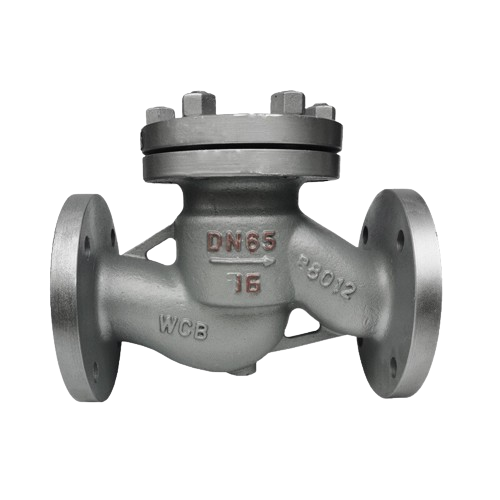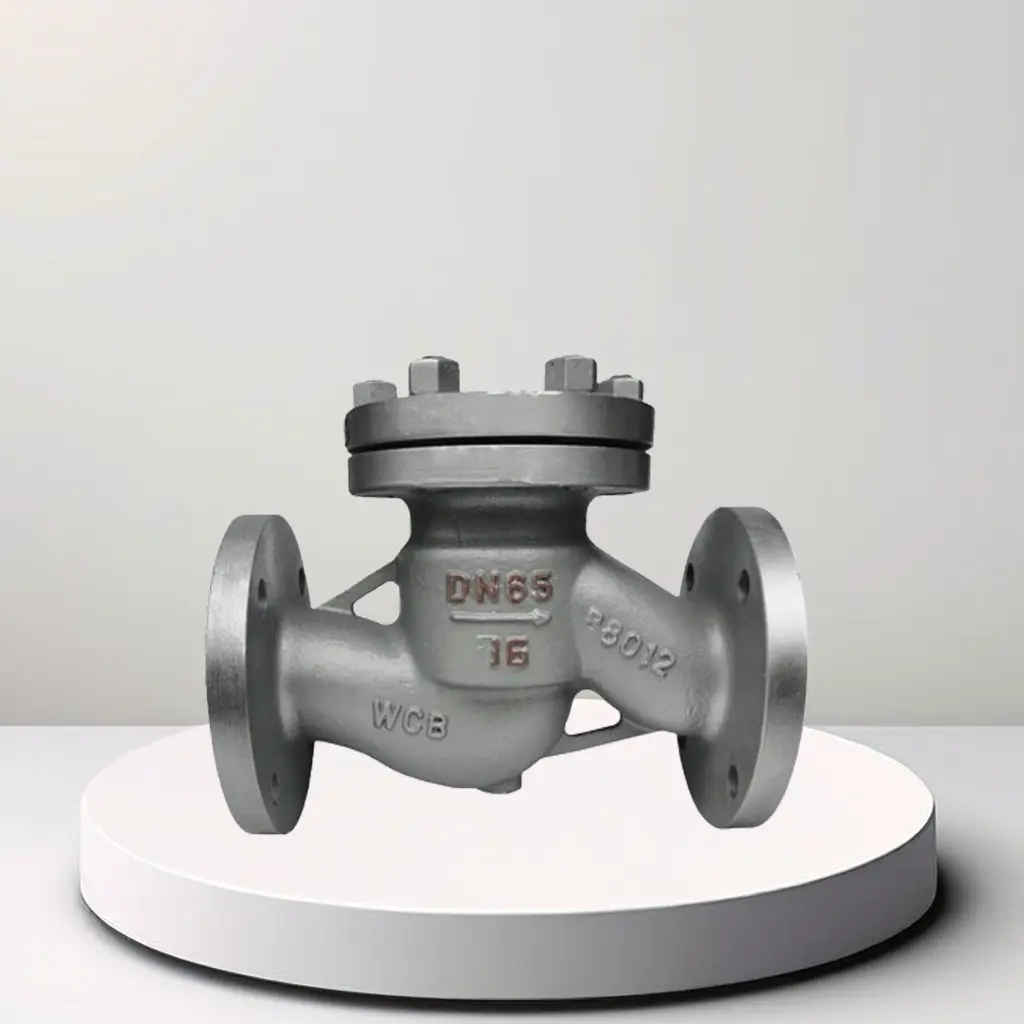Product Description
A Lift Check Valve is a type of check valve that allows fluid to flow in one direction and prevents backflow in the opposite direction. It is called a "lift" check valve because the disc or piston inside the valve is lifted up by the fluid pressure to allow flow, and when the flow stops or reverses, gravity or reverse flow causes the disc to drop back into the seat, closing the valve and preventing backflow.
Components and Operation:
1. Body: The main structure of the valve, usually made of materials like stainless steel, brass, or other durable materials. It houses all internal components.
2. Disc/Piston: The movable part that lifts to allow fluid flow and drops to block flow. It is typically made of metal and designed to fit snugly into the seat to ensure a tight seal.
3. Seat: The area within the valve body where the disc rests when closed. It provides a sealing surface for the disc to block reverse flow effectively.
4. Bonnet: The cover for the valve body that holds the disc or piston in place and allows access for maintenance.
5. Spring (optional): In some designs, a spring is used to assist in closing the valve by pushing the disc back into the seat when the fluid flow stops.
Working Principle:
1. Forward Flow: When fluid flows in the intended direction, the pressure of the fluid lifts the disc or piston off the seat, allowing the fluid to pass through the valve.
2. Reverse Flow Prevention: When the fluid flow stops or attempts to reverse, gravity or the reverse flow pressure causes the disc or piston to fall back onto the seat, effectively sealing the valve and preventing backflow.
Applications:
- Pumping Systems: To prevent backflow when the pump stops, ensuring that the system remains primed and preventing damage.
- Water Treatment Plants: To ensure one-way flow of water or chemicals.
- Industrial Processes: To prevent contamination or mixing of different fluids by allowing flow in only one direction.
- HVAC Systems: To maintain the desired flow direction in heating, ventilation, and air conditioning systems.
Advantages:
- Simple Design: Fewer moving parts compared to other types of valves, leading to lower maintenance requirements.
- Reliability: Effective at preventing backflow due to the straightforward mechanism.
- Versatility: Suitable for a wide range of applications and fluid types.
Limitations:
- Gravity Dependence: In vertical installations, the valve relies on gravity to close, which may not be as effective in horizontal installations without a spring assist.
- Wear and Tear: The repeated lifting and seating of the disc can lead to wear over time, requiring periodic maintenance or replacement.
In summary, a Lift Check Valve is a reliable and simple device used to ensure unidirectional flow of fluids in various industrial and domestic applications. Its design and operation make it a vital component in systems where backflow prevention is crucial.

